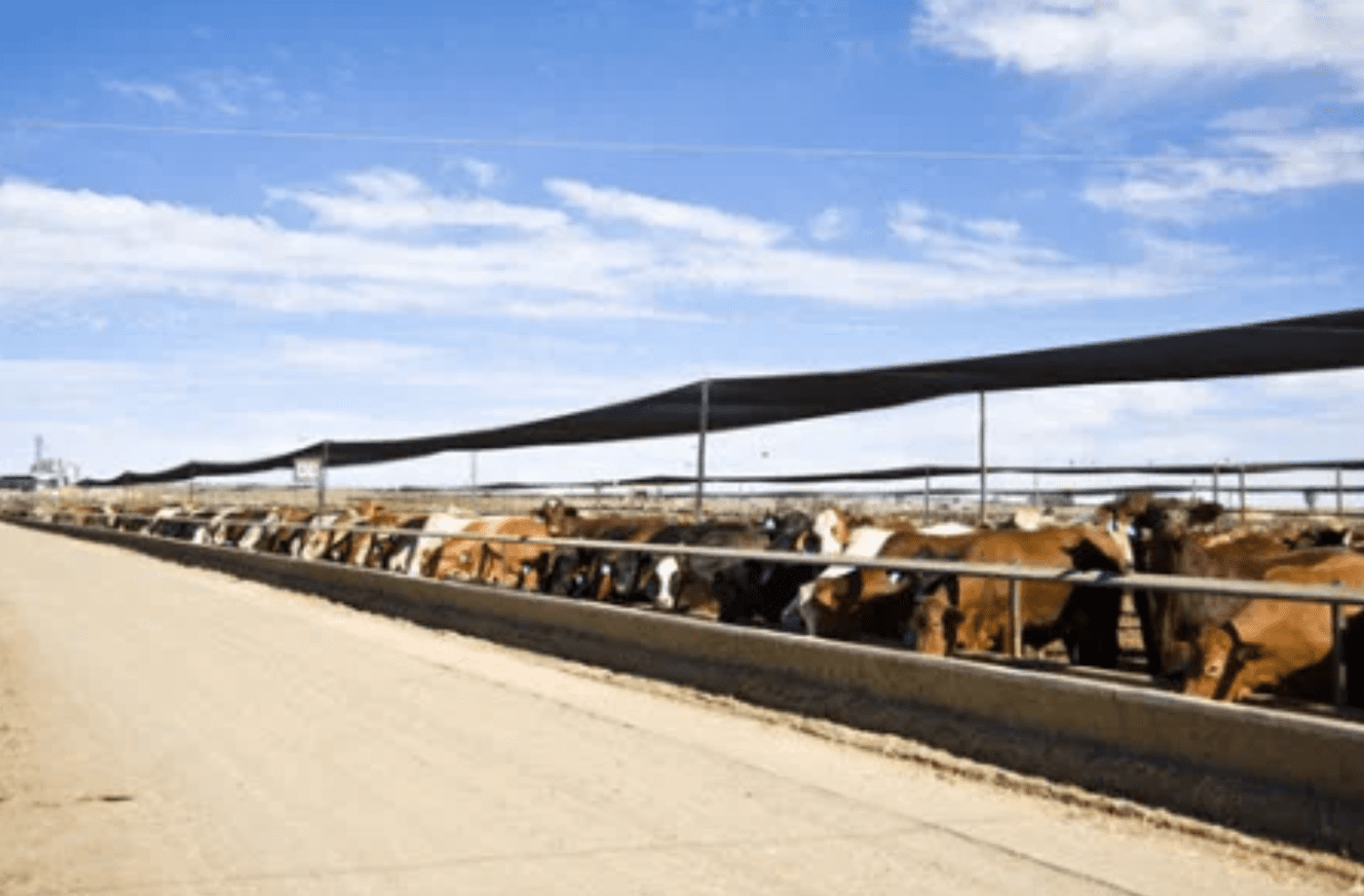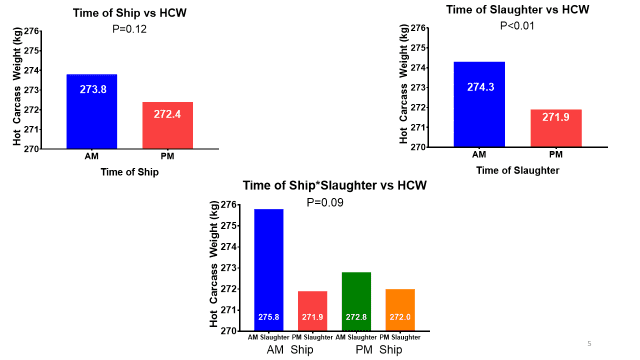PILOT research into the effect of lairage timing and duration on Australian feedlot cattle has found time of transportation, slaughter and time off feed have significant effects on carcase yield and quality.
Feedlot veterinary and nutrition consultants, Dr Melissa George and Dr Matt George, Bovine Dynamics, conducted the project to determine the optimal timing and duration of lairage to reduce the incidence of dark cutting in Australian feedlot cattle.
Funded by grainfed levies through MLA and the Australian Lot Feeders’ Association (ALFA), the in-field research was conducted through a well-established supply chain involving a NSW feedlot and processing facility, and comprised 400 head of British-type cattle of a similar weight.
Two dispatch times from the feedlot were examined – the afternoon before and morning of slaughter; and two slaughter times – morning slaughter and afternoon slaughter.
They also measured muscle glycogen, rumen pH, and rumen temperature on a subset of cattle to determine the scientific reasoning behind the profound differences.
Figure 1. Effect of time of shipping (AM: morning of slaughter; PM: afternoon before slaughter) and time of slaughter (AM: start of processing day; PM: end of processing day) on hot carcase weight.
Melissa said the results highlighted that total time off feed prior to slaughter had a potent effect on both carcase yield and quality.
“Our research found slaughtering cattle in the morning reduced the frequency of dark cutting and increased hot carcase weight, compared to slaughtering cattle in the afternoon,” Melissa said.
“The incidence of dark cutters was lowest in cattle that were transported the morning of slaughter and slaughtered in the morning as compared to cattle that were transported the evening before slaughter or transported on the morning of slaughter and slaughtered that afternoon.
“Yield results demonstrated that cattle slaughtered in the morning produced carcases 2.4kg heavier than cattle slaughtered in the afternoon regardless of time of transport.
“Cattle that were transported and slaughtered in the morning yielded carcases that were numerically 3.9kg heavier than cattle shipped in the morning and slaughtered in the afternoon; 3kg heavier than cattle transported the evening before slaughter, and 3.8kg heavier than cattle shipped and slaughtered in the afternoon.
“Regardless of shipping time, cattle slaughtered in the afternoon had similar carcase weights.
“Cattle that are slaughtered in the morning had less carcase shrink and thus produced heavier carcases and higher dressing percentages.”
Matt said the study determined the ideal conditions to reduce the incidence of dark cutting in British-type heifers fed a high energy steam-flaked wheat and barley finisher ration for approximately 60 days with an average hot carcase weight of 225 to 325kg.
“Those optimal conditions included minimising the period of time off feed prior to slaughter to less than four hours, reducing the duration of lairage to less than three hours, and increasing the duration of chilling time to approximately 18 hours,” Matt said.
“To drive change in these areas, producers, transporters, processors, abattoir veterinarians, and qualified graders will need to work together and develop a plan to achieve optimal transportation and lairage conditions to achieve optimal carcass yield and quality.
“Our competitors in the United States have already taken steps to address lairage duration issues.”
MLA Feedlot Project Manager, Dr Joe McMeniman, said further R&D into lairage duration would be conducted in 2020.
“Given the pilot nature of the current project, we will expand the project to thousands of feedlot cattle to determine the value proposition to the supply chain,” Dr McMeniman said.
“Effluent discharge will be captured in tanks on trucks and measured; animal welfare and food safety at the plant quantified, in addition to quantifying the impact of short duration lairage on carcase characteristics. We have the opportunity to capture at least an additional $14 to $24 per head, perhaps much more.
“Effluent capture from truck tanks is a particular area of interest. Feasibility of utilising truck effluent as fuel for centralised biomethane facilities in major processing and lot feeding areas could also investigated.”
This article was originally published on the Meat & Livestock Australia website – click here to view original article



It would seem a logistical nightmare to try and co-ordinate time off feed , transportation and slaughter into a 4 hour window.Then also every grazier would be chasing a morning slaughter.
What about another logistical problem – to have spelling paddocks on feed at closer proximity to slaughter.
I think this was demonstrated many years ago and I wonder why the work needed to be repeated ?? Robin Shorthose